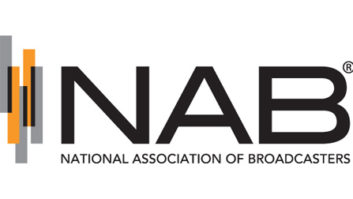The most recent technical study about asymmetric sideband technology is the subject of discussion by NAB’s Radio TechCheck newsletter.
The study was about lab tests at iBiquity Digital, done with funding from the NAB FASTROAD technology advocacy program. It was sent to the FCC by iBiquity in support of a proposal toauthorize use of asymmetric sidebands. FCC rules require equal-power sidebands; proponents would like the commission to allow stations to hike power “unequally,” to improve coverage without hurting first-adjacent signals on one side or the other.

As summarized by NAB, iBiquity wrote about improvements in the peak-to-average power ratio reduction (PAPR) algorithms involved in this approach, and discussed the results of a lab evaluation of the expected improvement in digital signal-to-noise ratio. The summary explains that the tests were performed using typical automotive HD Radio receivers with HD Radio chipsets made by ST Micro, NXP and Texas Instruments.
“Briefly, these tests established the bit error rate (BER) performance of the receivers under test as a function of digital SNR for various digital sideband configurations, both symmetric and asymmetric,” NAB wrote.
It continued: “Shown in the table is the increase in total digital power for various sideband configurations compared to the legacy configuration (equal power sidebands, total digital power of –20 dBc). Ideally, the improvement in digital SNR should track this increase in digital power so that, for example, in the case where the LSB and USB powers are set to –23 and –17 dBc, respectively (first row in table), and the total increased digital power is 3.96 dB, the expected improvement in digital SNR would also be 3.96 dB.”
An example of lab test results is shown, for a case with no interfering adjacent channel. “Each group of columns in the figure corresponds to one of the configurations shown in the table. The measured values indicate the improvement in digital SNR (in dB above the –20 dBc symmetric reference case) at which a BER of 5x10was achieved.”

NAB wrote that in the symmetric cases (–17/–17 and –13/–13), the expected performance, shown in black columns, and observed performance are virtually identical, as was also true with a 4 dB asymmetry (–17/–13).
“However, the cases with greater asymmetry demonstrate a shortfall over the expected performance. For the first case (–23 /–17), the expected digital SNR improvement is 3.96 dB, however the measured improvement for each receiver was only about 3 dB (a 1 dB shortfall), and similarly for the third case (–23 / –13) where a 2 dB shortfall is measured.” IBiquity, NAB summarized, believes that this shortfall is due to coding losses that are brought about by the extreme asymmetry in these received signals.
The full report is available at www.nabfastroad.org











